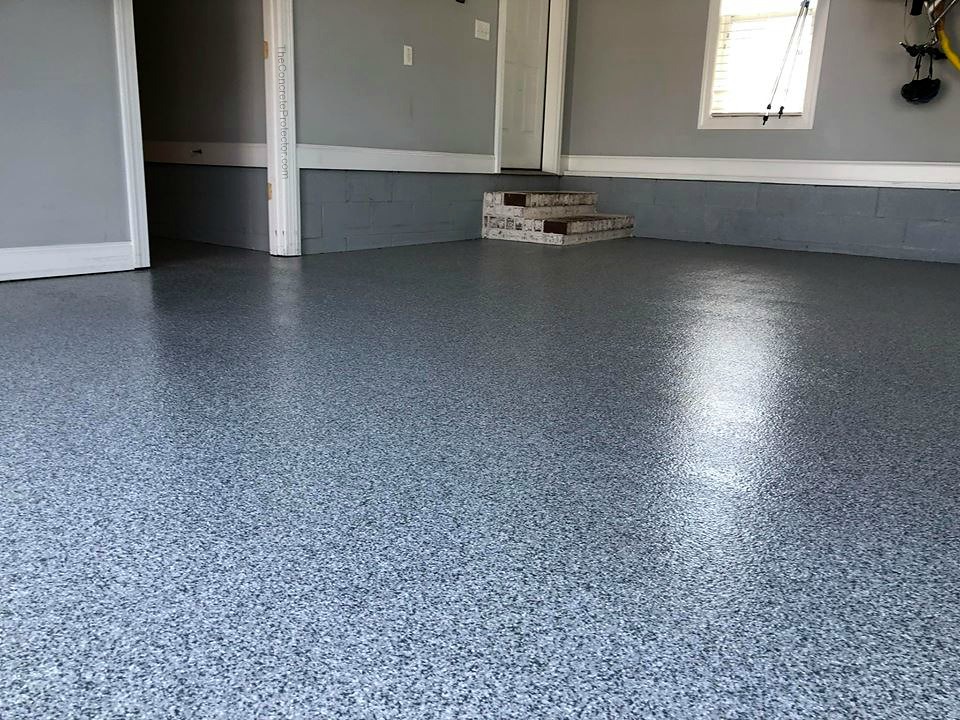Unraveling the Potential of Adaptive Reuse in Real Estate
Introduction: In a rapidly evolving real estate landscape, there are numerous strategies to consider. One that has been gaining significant traction is adaptive reuse, a strategy that involves repurposing an old, often dilapidated, building for a new function. This innovative approach presents a unique opportunity for investors, developers, and buyers alike. In this article, we explore the concept of adaptive reuse, its benefits, challenges, and its potential impact on the real estate market.

A Dive into the History and Evolution of Adaptive Reuse
Adaptive reuse is not a new concept. The idea of repurposing old buildings for new uses dates back to ancient times when old structures were often rebuilt or modified to serve a new purpose. However, the term “adaptive reuse” came into prominence in the 1960s and 70s, during a period of urban renewal in the United States. The practice has since flourished globally due to a combination of economic, environmental, and cultural factors.
The Current State of Adaptive Reuse in the Market
Today, adaptive reuse is a thriving trend in the real estate industry. The strategy is particularly popular in urban areas where land is scarce and expensive. Rather than tearing down old buildings, investors are seeing the value in preserving the historic fabric of a city while simultaneously creating functional, modern spaces.
Advantages and Challenges of Adopting Adaptive Reuse
Adaptive reuse offers several advantages. It can be cost-effective, as it typically involves less construction than new builds. It also promotes sustainability by reducing waste and the need for new materials. However, it’s not without its challenges. Older buildings may contain hazardous materials, require extensive renovations, and may not meet modern building codes.
The Potential Impact of Adaptive Reuse on the Real Estate Market
The rise of adaptive reuse has significant implications for the real estate market. It opens up new investment opportunities, can drive urban regeneration, and may increase property values. However, it also necessitates a shift in mindset for developers, investors, and buyers to see the potential in old buildings.
Leveraging Adaptive Reuse in the Modern Real Estate Landscape
To successfully navigate the realm of adaptive reuse, it is crucial to understand local regulations, potential costs, and the unique challenges associated with older buildings. With careful due diligence and a solid understanding of the market, the potential for profit and positive community impact is significant.
In conclusion, the strategy of adaptive reuse presents an exciting avenue for the evolving real estate landscape. It offers a blend of historic preservation, sustainability, and modern utility, making it a compelling option for savvy investors and developers. As the market continues to evolve, adaptive reuse is likely to remain a key trend to watch.




